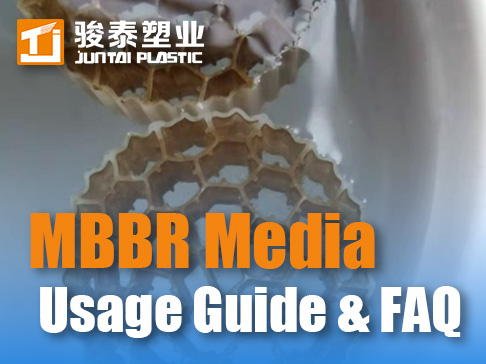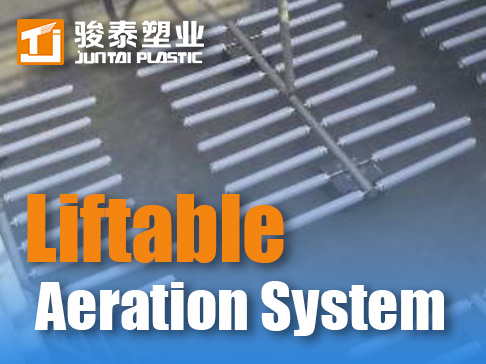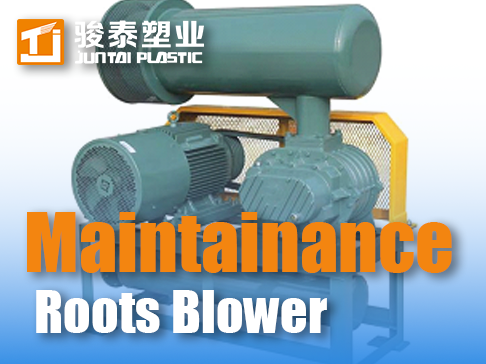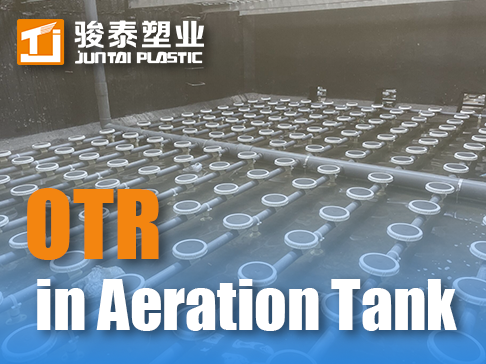 +86 13600513715
+86 13600513715 Roots Blower Maintenance Guide: Essential Procedures for Wastewater Aeration Systems
How to Maintain a Roots Blower – Essential Tips for Long-Term Performance
Roots Blower Maintenance:
Essential Practices for Optimal Performance
The Roots blower (also known as a positive displacement blower) is a critical machine widely used in industries such as Wastewater Treatment, pneumatic conveying, and aeration systems. Known for its high airflow efficiency and robust design, it operates by trapping air between two rotating lobes and delivering it without internal compression.
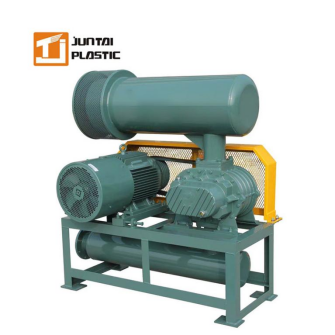
However, like all mechanical equipment, proper maintenance is crucial to ensure long-term reliability, energy efficiency, and minimal downtime. Neglecting routine care can lead to increased wear, overheating, seal failures, and even catastrophic breakdowns—resulting in costly repairs and production losses.
This guide covers essential maintenance practices to keep your Roots blower running smoothly and extend its service life.
Roots Blower Maintenance Procedures
- Routine Maintenance
- Keep the blower room clean– Ensure equipment surfaces are free of dust and oil buildup.
- Monthly inspection – Check and tighten all connection bolts.
- Lubrication Management
- Initial oil change– Replace all gearbox oil after the first 48 hours of operation (for new or overhauled blowers) and refill with the specified lubricant.
- Gearbox oil replacement– Change oil every 500 operating hours (use manufacturer-recommended grade).
- Bearing lubrication–
- Rolling bearings: Replenish grease weekly.
- Shaft seals: Add oil every 24 hours.
- Oil quality control–
- Lubricants must be stored properly(avoid water contamination or impurities).
- Filter oilbefore use; manually inspect grease for impurities.
- Check oil guns and cups for blockages before lubrication.
- Shaft Seal Maintenance
Weekly venting – Open the seal drain screw to remove waste oil.
Handling minor leaks – If slight air leakage occurs, keep the drain screw open to reduce heat impact on bearings (but increase oil injection frequency).
- Operational Best Practices
- Avoid prolonged standby– Use rotational operation (alternate blowers) to prevent motor moisture damage.
- Idle blower care– Manually rotate the shaft every 24 hours (180° turn) to prevent bearing deformation.
- Scheduled usage– Alternate blowers every 10 days maximum for even wear distribution.
- Maintenance Intervals
| Task | Frequency |
| Operational inspection | Every 500 hours |
| Minor repair | Every 2,000 hours |
| Medium repair | Every 3,000 hours |
| Major overhaul | Every 15,000 hours |
| Valve maintenance | Every 2 weeks |




